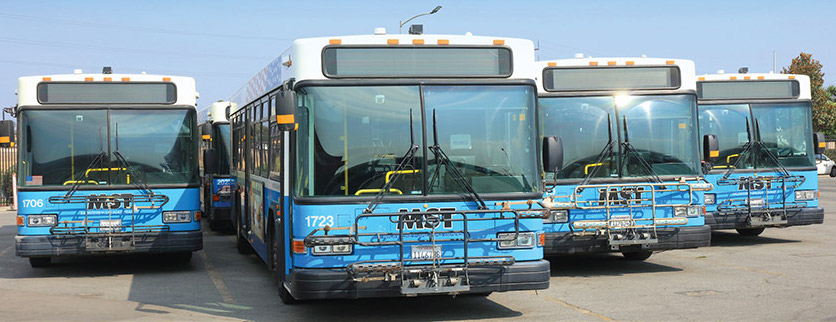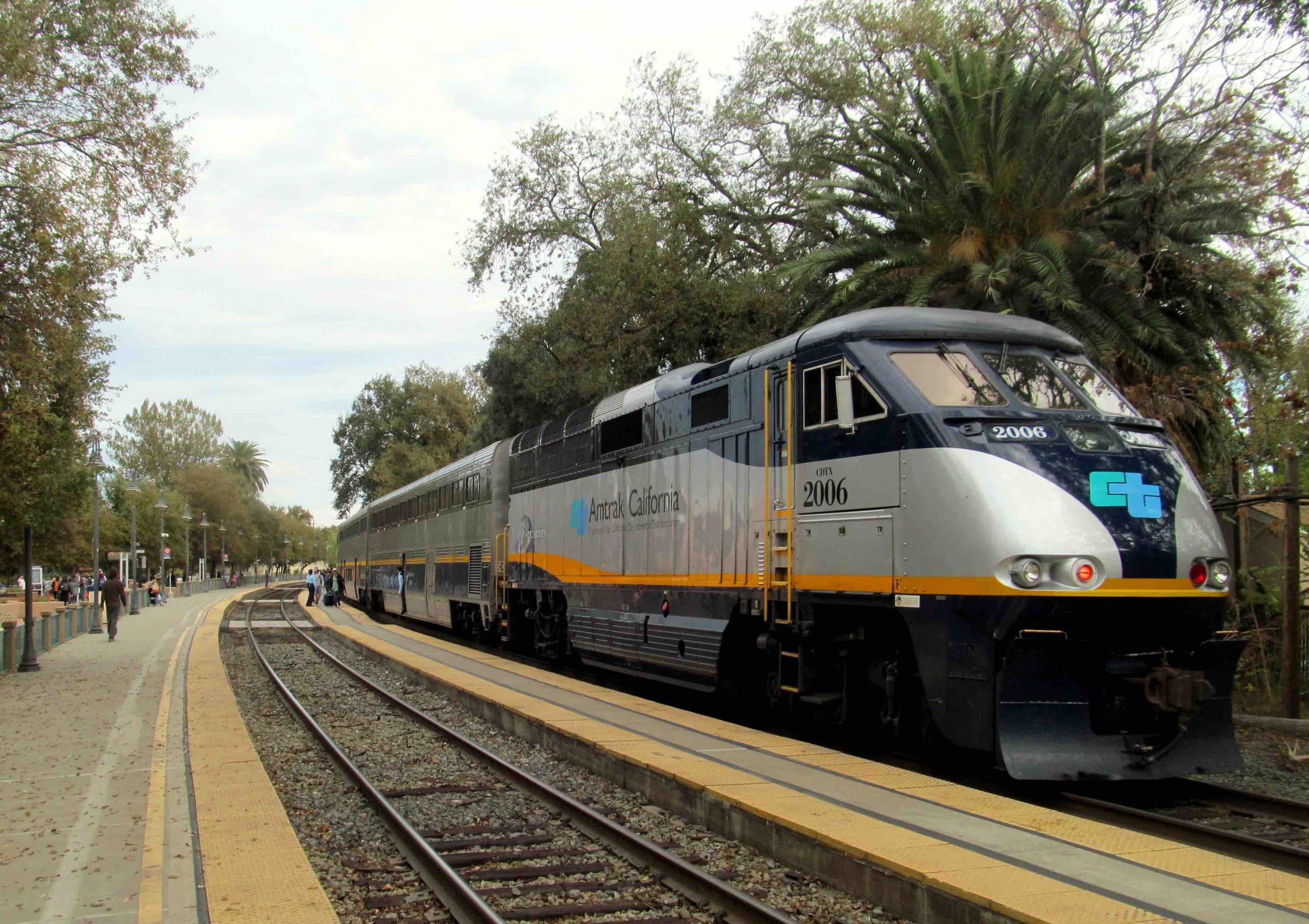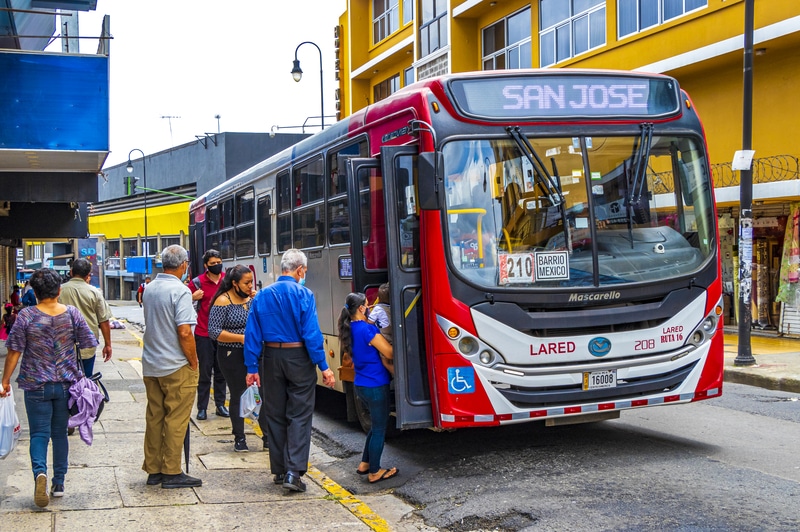
Article Highlights
Tiny Monterey-Salinas Transit launched a six-month trial of open-loop payments that could be the first of dozens of small agencies launching the technology. That’s because the demo project is backed by the large California Department of Transportation, as part of its California Integrated Travel Project, or Cal-ITP. This initiative aims to help the 300-plus transit agencies serving California’s nearly 40 million residents to make “riding by rail and bus simpler and more cost-effective.”
Fact box, Monterey-Salinas Transit
California public bus agency Monterey-Salinas Transit last month officially launched a six-month “demonstration” project to pilot contactless open-loop payments. While the agency is very small, providing only around 3,500 rides per day last year, the launch holds much greater significance.





















